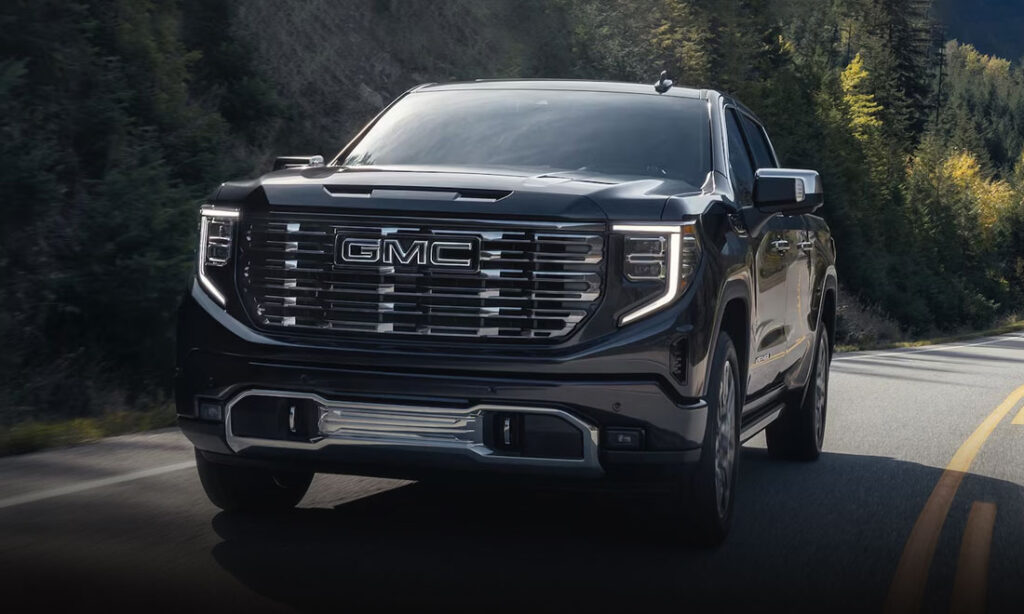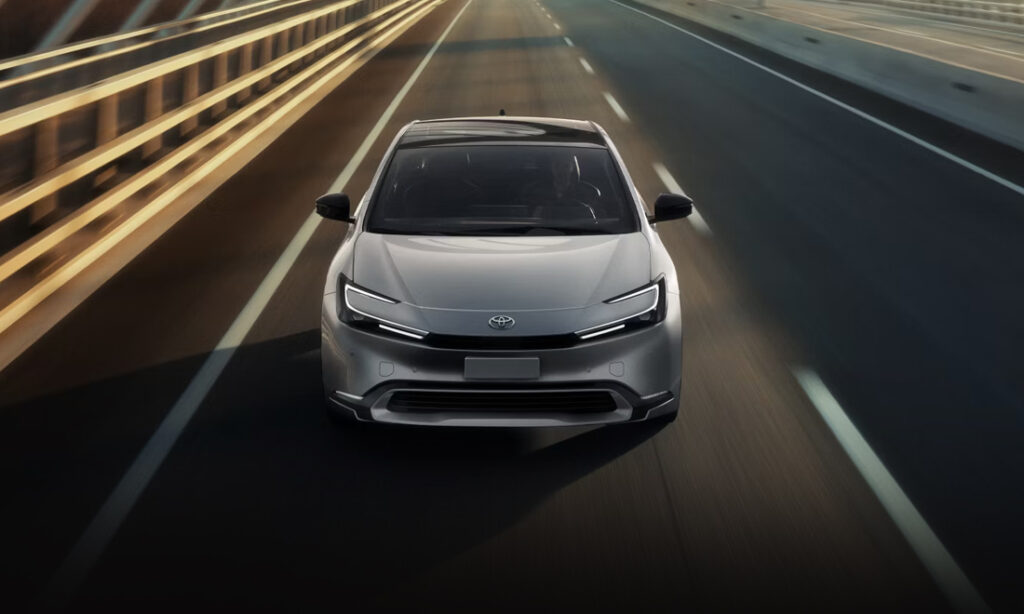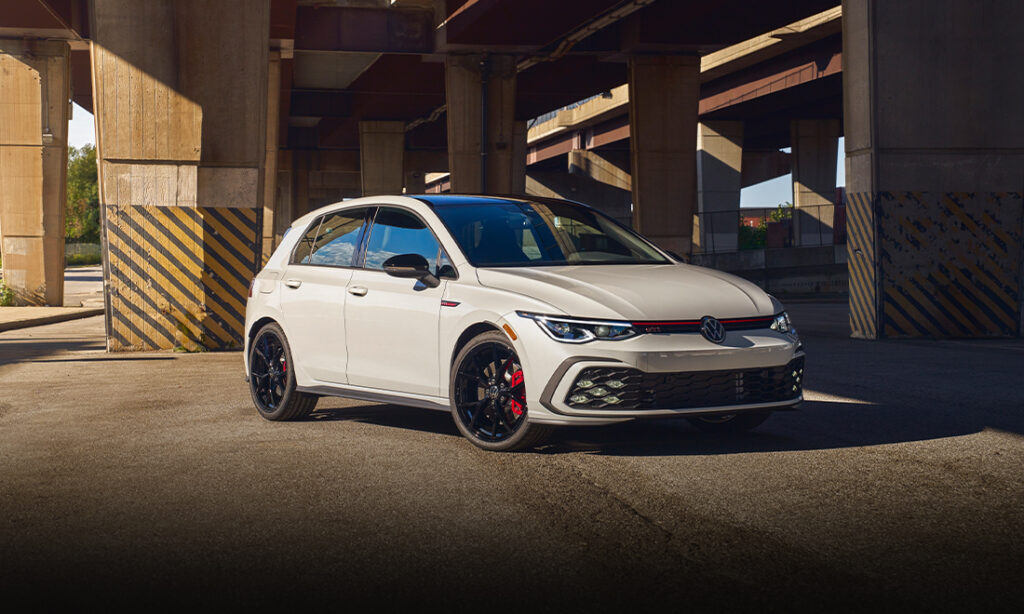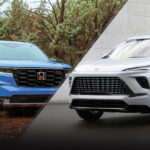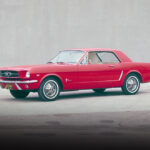With the smash success of the Ford Maverick, compact pickups are back on the map. Which other companies might join the nascent segment?
Downsizing the Pickup
A few short years ago, the compact truck segment was nonexistent outside of used car lots. Once great right-sized trucks like the Ranger/Mazda B-Series twins, the first-gen Nissan Frontier, and OG Toyota pickup had all fallen by the wayside, replaced by larger mid-size offerings. The dearth of compact trucks left a small but meaningful white space in the market lying dormant for years.
That was until Ford debuted the Maverick and Hyundai followed-up with the Santa Cruz. Now a segment of two, the success of the Maverick and to a lesser extent the Santa Cruz have definitively proven the American automotive market is once again eager for small, affordable trucks. This has raised the prospect of other companies bringing their own compact trucks to market. Rumors are swirling that various internationally marketed compacts might make their way to US shores while old, yet venerable nameplates could make their comebacks as new compact trucks.
The Surprise Hit Hybrid Maverick
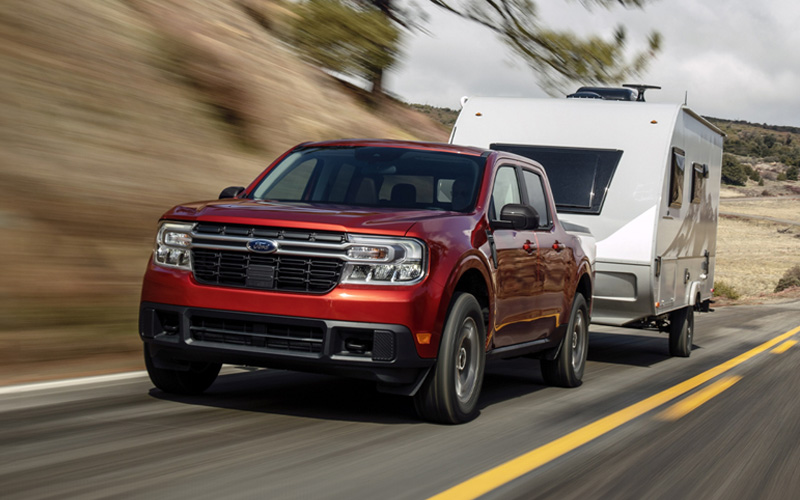
Pickup trucks have been getting bigger and bigger over the last two decades. Ford wagered correctly that there was a significant contingent of buyers that would prefer to downsize their trucks, opting for something more efficient and affordable yet still capable of delivering a respectable degree of utility. The answer to the question no other car company was asking was the Maverick. With a starting price around $25,000 and an optional hybrid powertrain, the Maverick has proven a sales phenomenon for Ford. So far, the Maverick has netted over 70,000 units sold in 2022, over 90,000 in 2023, and with over 64,000 so far in 2024, it’s on pace to easily beat last year’s numbers. (For more on the Ford Maverick, click here.)
As new and used prices have reached record highs, the appeal of an affordable new vehicle has grown significantly. The key to the Maverick’s success was combining innovative styling, efficiency, and plenty of utility with a low price tag. It’s a lesson for carmakers. Sometimes going small, by relying on volume over high margins, is the bigger play. With the reemergence of the compact pickup segment, what might other carmakers come up with to compete with the Maverick?
Hyundai Santa Cruz
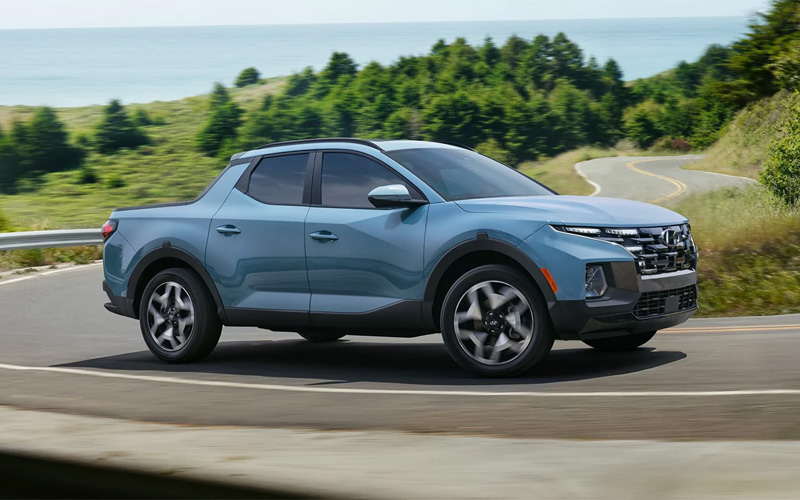
Currently, there’s only one competitor to the Ford Maverick in the compact truck segment, the Hyundai Santa Cruz. It boasts a higher tow rating than the Maverick, a nicer interior, and more elaborate tech. But a higher price tag and the lack of a gas-sipping hybrid balance out the rivalry. For more on the Hyundai Santa Cruz, click here.
RAM Rampage
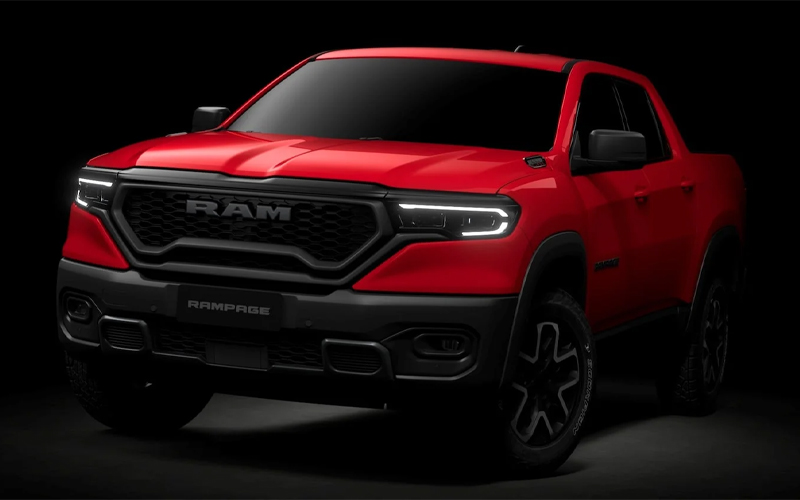
RAM’s 1500 has long been neck-and-neck with the F-150 for full-size truck supremacy. It would stand to reason then that RAM would want to answer Ford’s success with the Maverick with their own compact pickup. According to industry rumors, it’s very likely RAM will be unveiling the Rampage in the North American market sometime in 2024. Currently, the RAM Rampage is on sale in Brazil, the brands first truck in that market, debuting just last year. The Rampage offers a 2.0L turbo four-cylinder with 272 horsepower or a diesel turbo making 170 horsepower. To compete with the Maverick’s hybrid, it’s possible RAM would borrow the 1.3L plug-in hybrid (PHEV) powertrain from the Dodge Hornet, which would get it 288 horsepower and up to 32 miles of electric-only driving range. With test mules already spotted on the road, we expect RAM to reveal their plans for a North American RAM Rampage by late 2024.
Toyota Stout
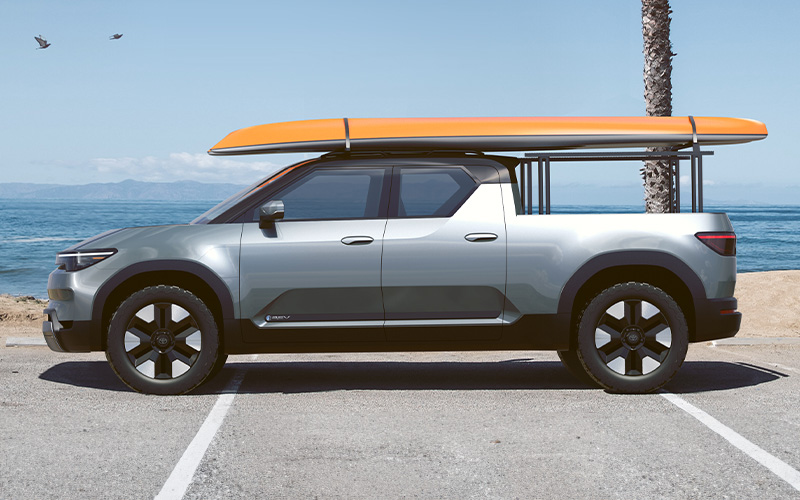
Like the Rampage, a new Toyota Stout is one of the most likely compacts to appear in production in the coming years. The Stout takes its name from the brand’s long-running compact truck which it sold domestically and to international markets from 1954 through 2000. Late last year, Toyota brought a new compact electric pickup, the EPU, to the Japanese Mobility Show. The fully electric four-door crew cab featured innovative design choices like a folding mid-gate and stylistic flourishes that included a yoke in place of a steering wheel. Given Toyota’s hybrid-first approach to electrification, we’d expect any State-side compact to run a hybrid or plug-in hybrid powertrain over a battery-electric vehicle (BEV). Will Toyota adapt the EPU concept as their compact truck offering? Or will the revival of the Stout nameplate take a different form? While a compact truck from Toyota appears likely, the timeline and final form remain up in the air.
Chevrolet Montana/GMC Syclone
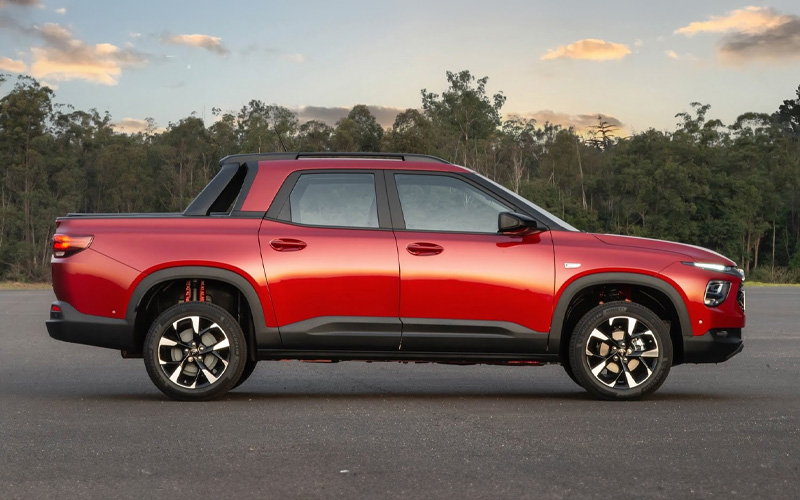
Another overseas compact that’s ripe for a move to US shores is the Chevy Montana which is currently built in Brazil for the Mexican and South African markets. One major change would likely be the under the hood where the Montana runs a rather weak but efficient 1.2L making a puny 131 horsepower. GM does have good candidate powertrains including the Equinox’s PHEV set up which recently debuted for the Chinese market which pairs a 1.5L turbo with an electric motor for a spicy 365 horsepower and a game-changing 96-mile electric-only range (an internal test track number, but still very impressive). GM has been backing away from its all-EVs-or-bust approach, saying they plan to incorporate more plug-in hybrids into their upcoming lineup. One additional bit of rumor mongering, there are whispers that GMC might be bringing back the Syclone name for a badge swapped analogue to a Chevy Montana compact truck.
Subaru Baja/Brat
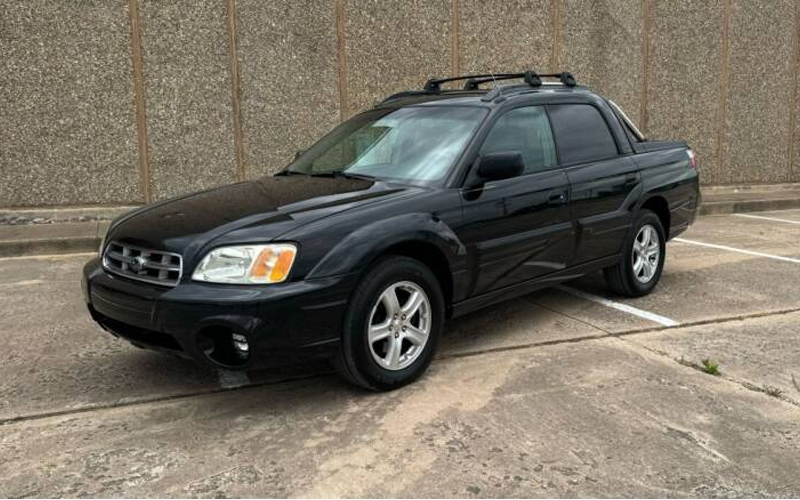
Now we enter the realm of speculation, starting with Subaru. A new compact pickup would seem a natural fit for Subaru’s lineup, especially given that brand has not one but two compact trucks under its belt, the Subaru Baja of the early 2000s and the Subaru Brat of the late 1970s. Subaru’s famed all-wheel drive system is a natural starting place and the 2.5L turbo flat-four from the Outback, Ascent, and WRX a natural powerplant. All current Subaru models save the BRZ use the same Subaru Global Platform. Therefore, it’s possible for Subaru to go either the sub-compact truck route and bring back a version of the Brat based off the current Crosstrek or go bigger and give a new Baja similar dimensions to those of the three-row Ascent. Either way, we’d be surprised if Subaru doesn’t make the most of this opportunity to revive one of their two memorable compact trucks.
Mazda B-Series
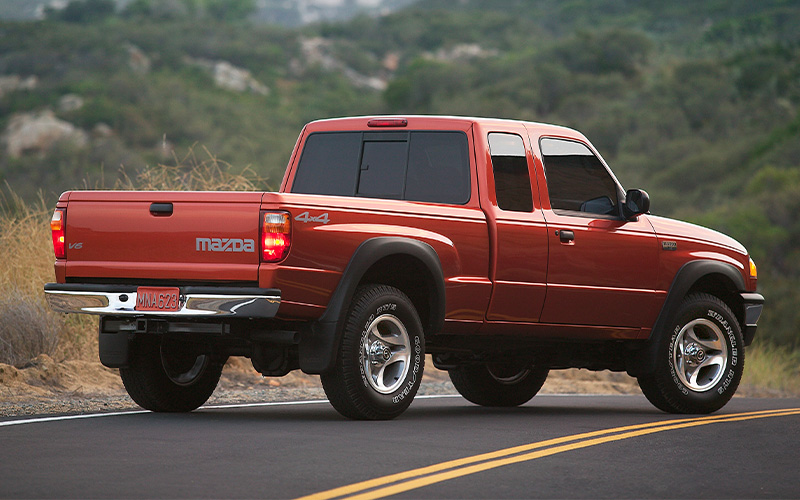
You might recall that Mazda’s old school compact truck, the B-Series, was produced as a joint venture with Ford for its fourth generation, its American analogue being the OG Ford Ranger. Today, Mazda doesn’t have a truck in North America, but it does sell the mid-size BT-50 in Southeast Asia, also a badge swap, this time of an Isuzu D-Max. While Mazda is best known for semi-luxury interiors and sporty handling, they could make a go of applying those traits to another compact truck like the B-Series. Heck, the formula of going upscale has worked well for the mid-size Honda Ridgeline.
Kia Tasman
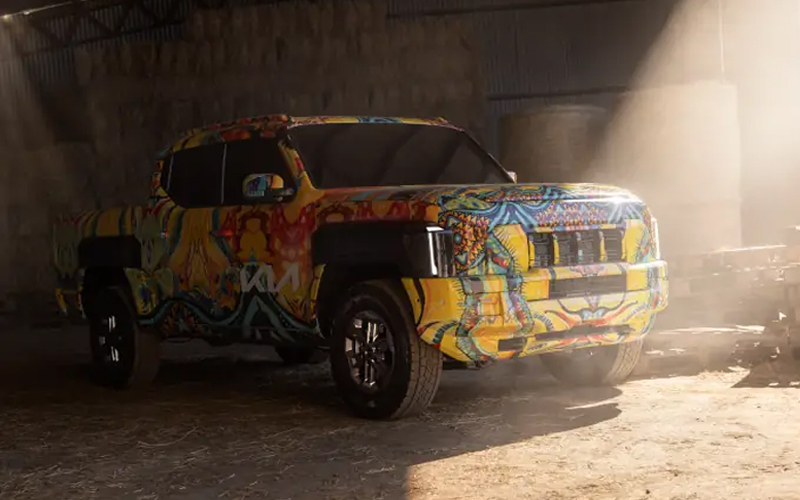
Kia recently unveiled their first ever pickup, the Kia Tasman. The Tasman is technically speaking a ute aimed for the Australian (obv), African, and Middle Eastern markets. Test mules have been spotted road testing in California, leading to speculation that the Tasman might be poised for a stint in North America. The only hitch, the Tasman is a mid-sizer, not a compact. But, with Kia’s sister company Hyundai already fielding the compact Santa Cruz, there’s always the chance Kia might give the Tasman a badge-swapped little brother to fill out their lineup.


